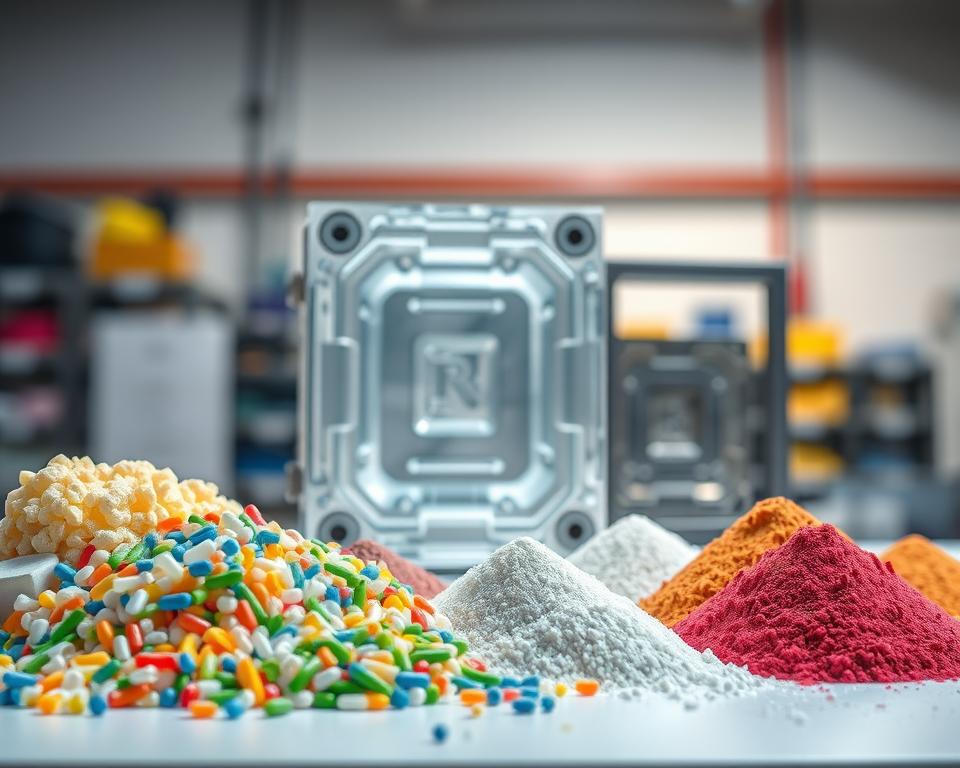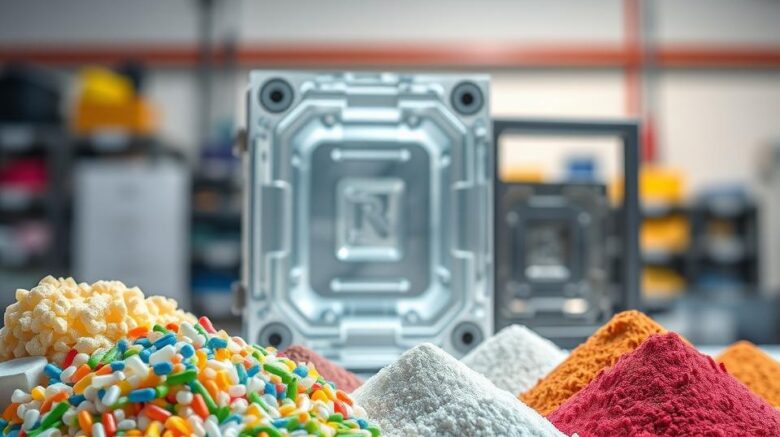China Injection Molding Sourcing: A Complete Guide
So, the big meeting just wrapped up. your new product is a go, time is pressing, and funding is, to put it mildly, limited. And suddenly someone—perhaps your superior or the finance head—says the fateful words that make any project manager’s heart skip a beat: “We should look at sourcing this from China.”
You nod, of course. It seems sensible at first glance. The potential savings can be massive. However, your brain is racing with concerns. You know the rumors, don’t you? The nightmare of defective parts, opaque communication, and delayed, off-spec shipments. It feels like walking a thin line between big savings and total project failure.
However, here’s the reality. Sourcing plastic mold doesn’t have to be a gamble. It’s a project, just like any other. And its outcome hinges on the approach you take. It’s not just about the lowest bid but selecting the best partner and overseeing every step. Disregard those scary tales. Let’s go through a step-by-step guide to succeed.

Step One: Do Your Homework
Before you even whisper the word “supplier” or open a browser tab to Alibaba, you need to get your own house in order. Honestly, more than half of all overseas manufacturing problems start right here, with a weak or incomplete information package. Don’t assume a remote factory can guess your needs. It’s akin to asking someone to price-build “a structure” with no details. The responses you get will be all over the map, and none of them will be useful.
Aim to craft an RFQ package so precise and comprehensive it leaves no room for error. It’s the cornerstone of your entire effort.
So, what goes in it?
First, your 3D CAD files. They cannot be skipped. Stick to universal formats like STEP or IGS to avoid any compatibility headaches. This serves as the definitive part geometry reference.
But 3D isn’t enough. Include precise 2D engineering drawings. This details critical info missing from the 3D file. Think tolerances, material grades, finish specs, and any feature-critical notes. If a specific surface needs to be perfectly smooth for a seal, or a particular hole diameter is vital for an assembly, your 2D drawing needs to shout it from the rooftops.
Then specify the material. Avoid generic terms like “Plastic.” Nor just “ABS.” Be explicit. Call out SABIC Cycolac MG38 (black), for example. Why so detailed? Because resin grades number in the thousands. Specifying the exact resin grade ensures you get the strength, flexibility, UV resistance, and color consistency you planned for with what is plastic mold.
They can offer alternatives, but you must provide the initial spec.
Lastly, add your business data. What is your Estimated Annual Usage (EAU)? They need clarity: is it 1,000 total shots or a million units per annum? Tool style, cavity count, and unit cost are volume-driven.
Finding the Right Supplier
With your RFQ perfected, who will you target? The web is vast but overwhelming. Finding suppliers is simple; finding quality ones is tough.
Your search will likely start on platforms like Alibaba or Made-in-China.com. They let you survey dozens of suppliers quickly. Treat them as initial research tools, not final solutions. You’ll want to quickly build a list of maybe 10 to 15 companies that look promising.
But don’t stop there. Think about engaging a sourcing agent. They do cost extra. Yet top agents deliver reliable, audited suppliers. They bridge language and cultural gaps. As a newcomer, this offers priceless security. Think of it as insurance for your project timeline.
Also consider trade fairs. If you have the travel budget, attending a major industry event like Chinaplas can be a game-changer. Meeting onsite is unbeatable. You can handle sample parts, meet the engineers, and get a gut feeling for a company in a way that emails just can’t match. Plus, ask peers for referrals. Ask other project managers in your network. A recommendation from a trusted peer is often worth its weight in gold.
Sorting the Contenders from the Pretenders
After firing off that RFQ to a broad pool, estimates roll in. You’ll see ridiculously low offers and steep quotes. Your job now is to vet these companies and narrow it down to two or three serious contenders.
How do you do that? It blends technical checks with intuition.
Begin with responsiveness. Is their turnaround swift and concise? Is their English good enough for complex technical discussions? But here’s the real test: Are they asking you intelligent questions? The best firms will question and suggest. Example: “Should we add draft here for better ejection?” or “Your tolerance may require extended CMM time—okay?” This is a massive green flag. You know they know their stuff. Anyone who simply agrees to all specs is a red flag.
Next, dig into their technical capabilities. Get their tooling inventory. Review examples of parts akin to your design. A small-gear shop won’t cut it for a big housing.
Next up: the factory audit. You can’t skip this. As you vet staff, you must vet suppliers. You can either go yourself or, more practically, hire a third-party auditing firm in China to do it for you. They perform a one-day factory inspection. They will verify the company is real, check their quality certifications like ISO 9001, assess the condition of their machinery, and get a general feel for the operation. That small investment can save you thousands.
Converting Digital Designs into Molded Parts
You’ve selected your partner. you agree on 50% deposit to start toolmaking and 50% balance after sample sign-off. Then comes the real action.
The first thing you should get back after sending your payment is a DFM report. DFM stands for Design for Manufacturability. This is your supplier’s formal feedback on your part design. It will highlight potential issues like areas with thick walls that could sink, sharp corners that could cause stress, or surfaces without enough draft angle for clean ejection from the mold. A thorough DFM is a sign of a professional operation. It’s a collaboration. Together, you tweak the design for best manufacturability.
Once the DFM is approved, they’ll start cutting steel to make your injection mold tool. In a few weeks, you’ll see “T1 samples are on the way.” These are your initial mold shots. It’s your first real test.
Expect T1s to need tweaks. It’s par for the course. You’ll find minor defects, off-spec dimensions, or finish issues. You critique, they refine, and T2 plastic mold parts arrive. You may repeat this cycle a few times. Plan for this loop in your schedule.
Finally, a flawless part arrives. Dimensions, finish, and performance all check out. This is now the benchmark sample. You sign off, and it serves as the master quality reference.
Crossing the Finish Line
Receiving the golden sample seems like victory, but you’re not done. Now comes full-scale production. How do you ensure that the 10,000th part is just as good as the golden sample?
You need a clear Quality Control plan. Typically, this means a pre-shipment audit. Bring in an external QC firm. For a few hundred dollars, they will go to the factory, randomly pull a statistically significant number of parts from your finished production run, and inspect them against your 2D drawing and the golden sample. They’ll send you a detailed report with photos and measurements. Only after you approve this report do you authorize the shipment and send the final payment. This step saves you from a container of rejects.
Finally, think about logistics. Understand the shipping terms, or Incoterms. Are you on FOB terms, where they load and you take over? Or EXW, shifting all transport to you? These details have a big impact on your final landed cost.
Sourcing from China is a marathon, not a sprint. It hinges on strong supplier relations. See them as collaborators, not vendors. Clear communication, mutual respect, and a solid process are your keys to success. No question, it’s demanding. However, armed with this guide, you’ll secure savings and keep high standards intact. You’re ready.
